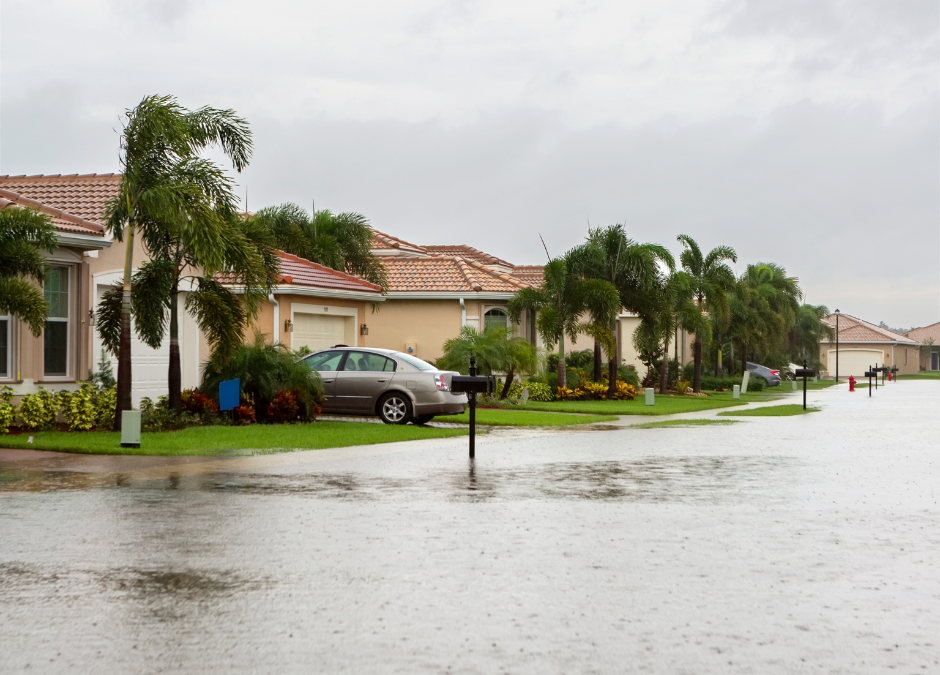Introduction: Flood Season is Here
It’s May — and if you’re an adjuster, you already know what that means: flood season is officially underway. From rising water tables to coastal surges and flash flooding across the country, the volume of claims is about to increase sharply.
But with that seasonal influx comes mounting pressure. Adjusters are expected to process high volumes quickly, accurately, and with minimal disruption to the insured or the carrier. The reality? Even experienced firms get bogged down — and delays can pile up fast.
Fortunately, many of these delays are preventable with the right systems and awareness in place. Here’s a look at why flood claims so often get held up — and what you can do now to stay ahead of the curve.
The Real-World Impact of Flood Claim Delays
When flood claims are delayed, the consequences go far beyond an inconvenience. For policyholders, it’s lost time and prolonged hardship. For carriers, it’s friction and bottlenecks in processing. And for adjusters? It’s stress, reputational risk, and in some cases, lost revenue.
According to FEMA, over 1.7 million claims were filed after Hurricane Katrina alone — and the bottlenecks that followed reshaped the industry’s approach to high-volume catastrophe events. Today, the expectations for efficiency and professionalism are higher than ever.
In short: when one file stalls, the whole system feels it.
Top 5 Reasons Flood Claims Get Delayed
Here are the most common culprits that slow flood claim processing — often showing up in the busiest weeks of the year:
- Incomplete or Disorganized Documentation
Missing photos, misfiled forms, or incomplete estimates can derail even straightforward claims. Every request for more info adds friction.
- Communication Breakdowns
When notes, updates, or correspondence are scattered across emails, texts, and spreadsheets, things fall through the cracks — especially in multi-adjuster teams.
- Missed POL and Report Deadlines
Proof of Loss deadlines and final report submissions aren’t flexible. Late filings often result in payment delays or rejected claims.
- Lack of Real-Time Oversight
Without centralized claim tracking, it’s hard to know what’s done, what’s overdue, and where things stand — especially across distributed teams.
- Manual Workflows and Fragmented Tools
Switching between email, shared drives, spreadsheets, and PDFs not only slows things down — it increases the chance for human error.
What Adjusters Can Do to Stay Ahead
Good habits and systems can prevent 90% of delays before they happen. Here’s how to tighten your workflow without adding more hours to your day:
- Standardize Templates: Use prebuilt formats for prelims, finals, and POLs to avoid errors and reduce prep time.
- Set Automated Reminders: Keep POL and carrier deadlines visible — especially for high-volume months.
- Centralize Communication: Track correspondence and task updates in one place rather than relying on inboxes.
- Leverage Claim Dashboards: See claim status, next steps, and overdue items in a single, clear view.
- Do Pre-Submission Checks: Use checklists or built-in alerts to catch missing docs or mismatched data before it hits the examiner.
How Tools Like Dragonfile Help — Without the Hard Sell
Dragonfile was designed by adjusters — specifically to address the exact flood-season roadblocks we just covered. It’s not about reinventing your process — it’s about making it flow more smoothly.
Here’s how adjusters are using Dragonfile to stay ahead:
- Real-time dashboards showing file status across teams
- Built-in reminders and automation for key deadlines like POL
- Submission-ready exports that match carrier expectations
- Prebuilt templates that reduce errors and speed up documentation
- Role-based permissions to manage field vs. admin access
It’s simple, efficient, and built for the way you already work — just without the chaos of disconnected tools.
Conclusion: A Strong Start to the Season
Flood season doesn’t wait. And whether your firm handles 50 claims or 500, the difference between being on top of your files — or constantly catching up — can come down to the systems you’ve got in place.
Now’s the time to tighten your process, remove bottlenecks, and head into the season with clarity.
Ready to reduce your claim cycle time and stay ahead of deadlines? Explore Dragonfile or Book a Demo to see how we help adjusters work smarter — not harder.

